Markets Reverse Gains as Tariff Concerns Weigh on Sentiment | Daily Market Analysis

Key events:
- USA - Core PCE Price Index (MoM) (Dec)
- USA - Core PCE Price Index (YoY) (Dec)
- USA - Chicago PMI (Jan)
The S&P 500 reversed earlier gains to end lower on Friday in a sharp downturn, following confirmation from the White House that tariffs on Mexico, Canada, and China would take effect on Saturday.
The Dow Jones Industrial Average dropped 337 points, or 0.8%, while the S&P 500 declined 0.5%. The Nasdaq Composite, which had been up over 1% intraday, finished down 0.3%.
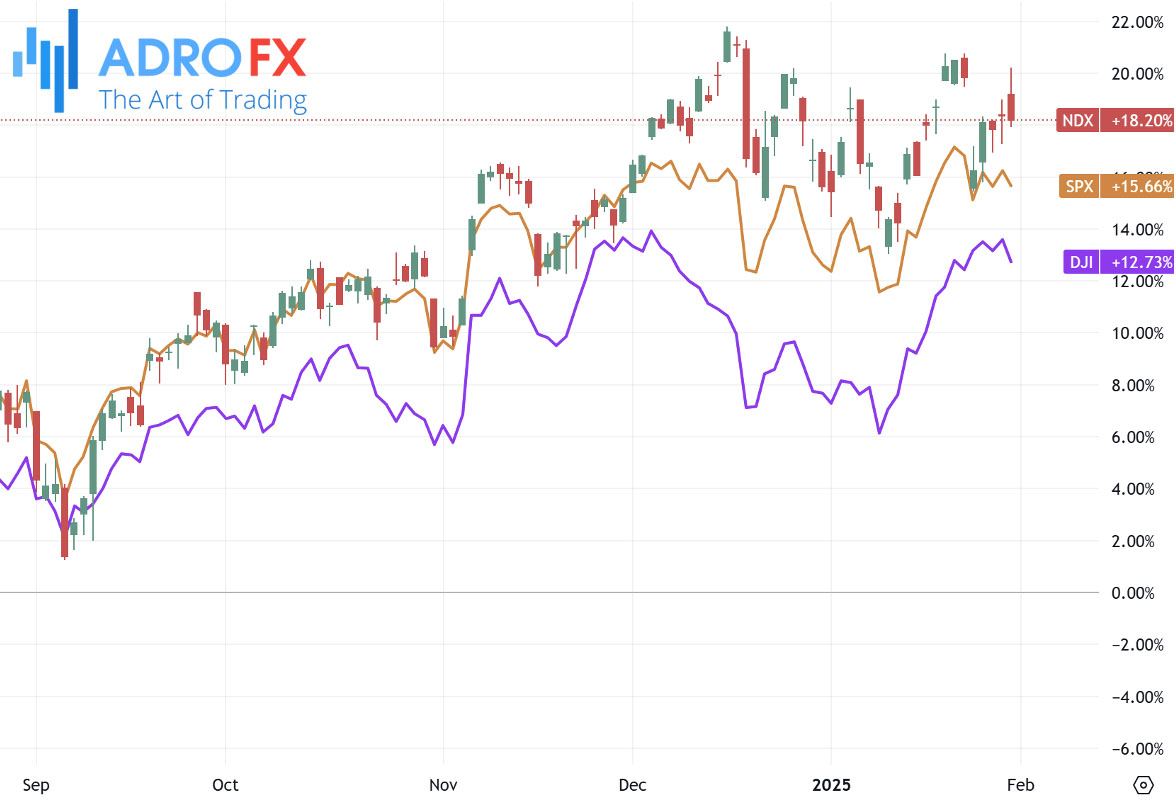
In economic data, the PCE price index - the Federal Reserve's preferred measure of inflation - rose 0.3% month-over-month, up from 0.1% in November. Annually, the index climbed to 2.6% from 2.4% in the previous month. The core reading, which excludes food and energy prices, increased by 0.2% on a monthly basis and 2.8% year-over-year.
Meanwhile, consumer spending, a key driver of economic activity, rose 0.7% month-over-month, accelerating from an upwardly revised 0.6% in November. Strong job growth and rising wages supported the increase, surpassing economists’ forecasts of a 0.5% gain.
The Federal Reserve, which cut interest rates by a full percentage point last year, closely monitors the PCE inflation gauge to guide monetary policy. Earlier this week, policymakers opted to keep rates unchanged, signaling a wait-and-see stance on further adjustments.
Uncertainty surrounding economic policy - particularly President Donald Trump’s stance on tariffs, taxation, and immigration - continues to weigh on the outlook. Some economists warn that these measures could contribute to renewed inflationary pressures in the US economy.
As earnings season continues, Apple (NASDAQ: AAPL) shares retreated despite an initial surge. The broader market selloff erased gains, even as the company projected sales growth in the low- to mid-single digits for its fiscal second quarter. While Apple’s flagship smartphone sales fell short of expectations during the critical holiday season - partly due to delayed availability of AI-driven features in certain markets - CEO Tim Cook noted that the new “Apple Intelligence” capabilities are already driving increased demand.
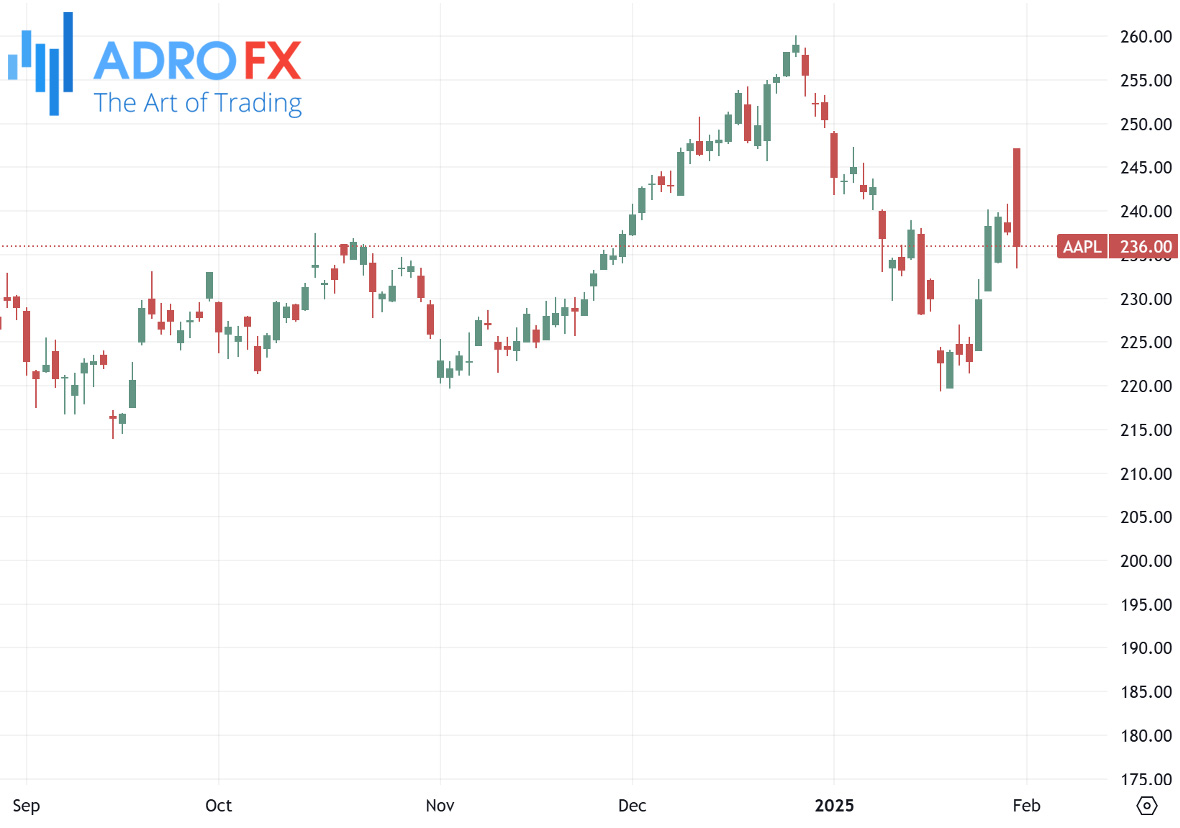
On the currency front, the Japanese yen weakened against the US dollar for a second consecutive day on Monday, retreating from last week’s one-month high. Concerns over the economic impact of US trade tariffs contributed to the yen’s underperformance. However, expectations that the Bank of Japan may raise interest rates again helped limit further declines. The BoJ’s Summary of Opinions revealed discussions on potential rate hikes, reinforcing speculation of tighter monetary policy. Additionally, a sharp increase in Tokyo’s core inflation rate - the fastest annual rise in nearly a year - keeps hopes alive for further BoJ action.
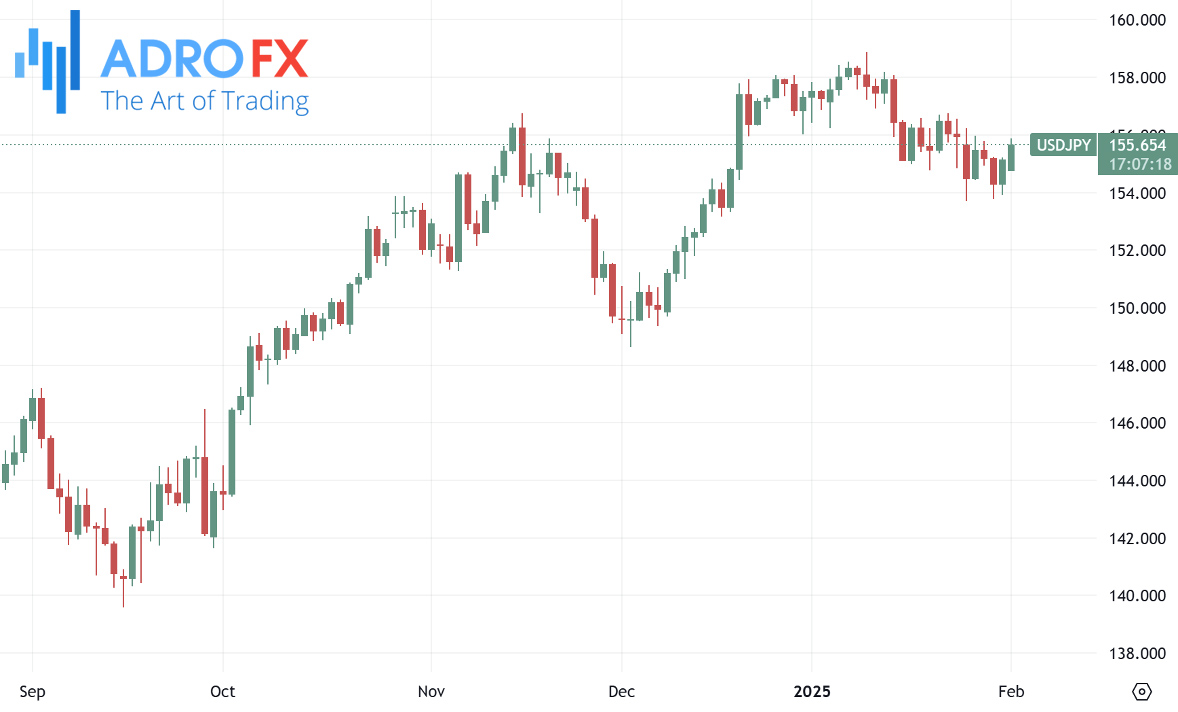
Meanwhile, the Australian dollar extended its losing streak against the US dollar for a sixth consecutive session on Monday, dropping roughly 2% amid risk-off sentiment. Australian retail sales fell 0.1% month-over-month in December - the first decline in nine months. Though the drop was smaller than the expected 0.7% contraction, it signaled weakening consumer demand, fueling speculation that the Reserve Bank of Australia may consider a rate cut in February.
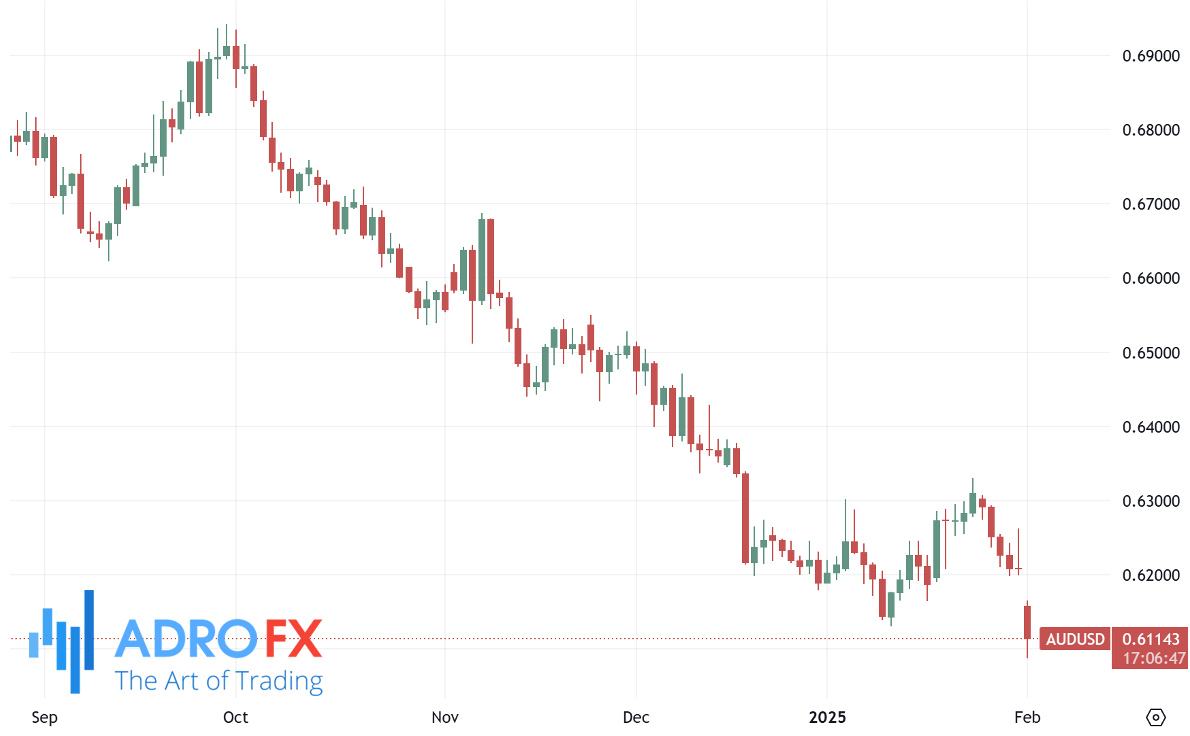
China’s Caixin Manufacturing PMI slipped to 50.1 in January from 50.5 in December, missing expectations of a steady reading and indicating a slowdown in factory activity.
In the North American market, the USD/CAD pair extended its rally from last week, climbing to the mid-1.4700s - the highest level since April 2003. The surge was fueled by Trump’s tariff announcement, which included a 25% levy on Canadian and Mexican imports and a 10% tariff on Chinese goods, effective Tuesday. The move dampened investor appetite for riskier assets, boosting demand for the safe-haven US dollar. The Dollar Index, which tracks the greenback against a basket of major currencies, rebounded toward its highest level in over two years, further supporting the USD/CAD pair.
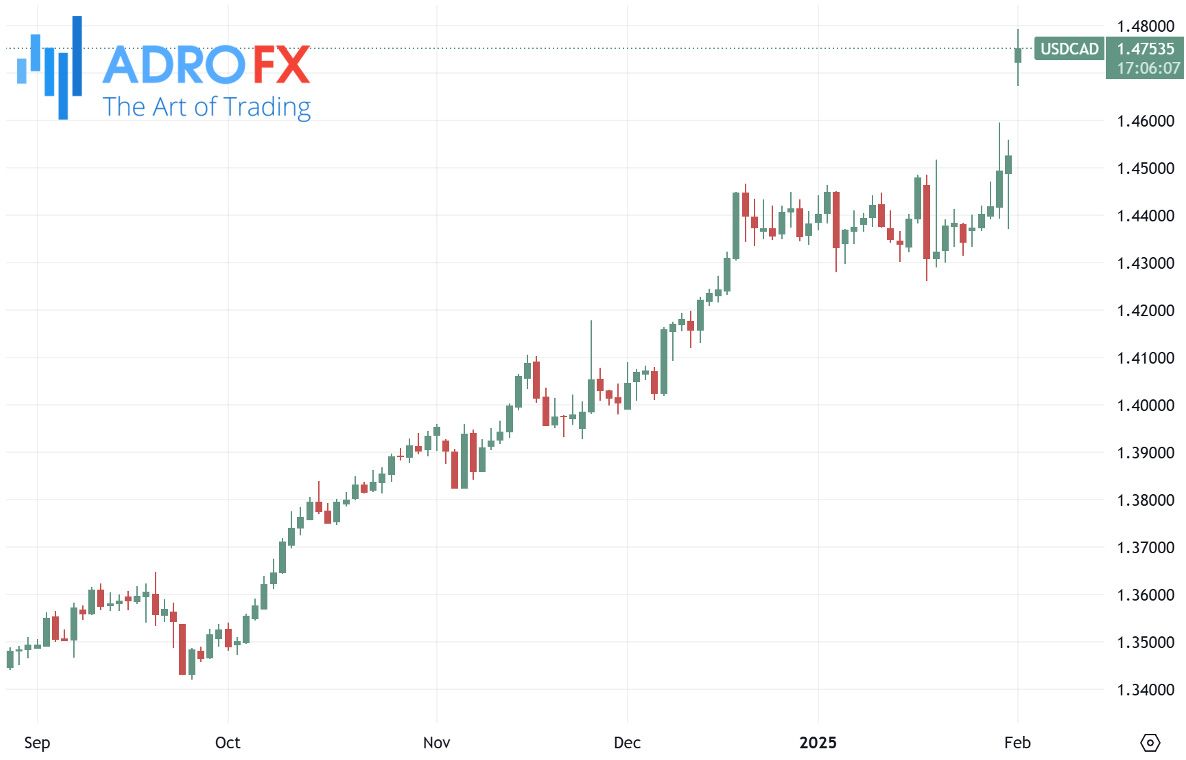
The Canadian dollar faced additional pressure from last week’s dovish move by the Bank of Canada, which implemented its sixth consecutive rate cut since June and formally ended its quantitative tightening program. In contrast, the Federal Reserve’s more hawkish stance has strengthened the US dollar, increasing the likelihood that USD/CAD remains on an upward trajectory. Adding to the loonie’s weakness, crude oil prices have continued to decline, reinforcing the bearish outlook for the commodity-linked currency.
Looking ahead, traders are focused on key US economic data releases this week, starting with the ISM Manufacturing PMI later today. However, the main event will be Friday’s highly anticipated nonfarm payrolls report, which could provide further clues on the Federal Reserve’s policy path.







